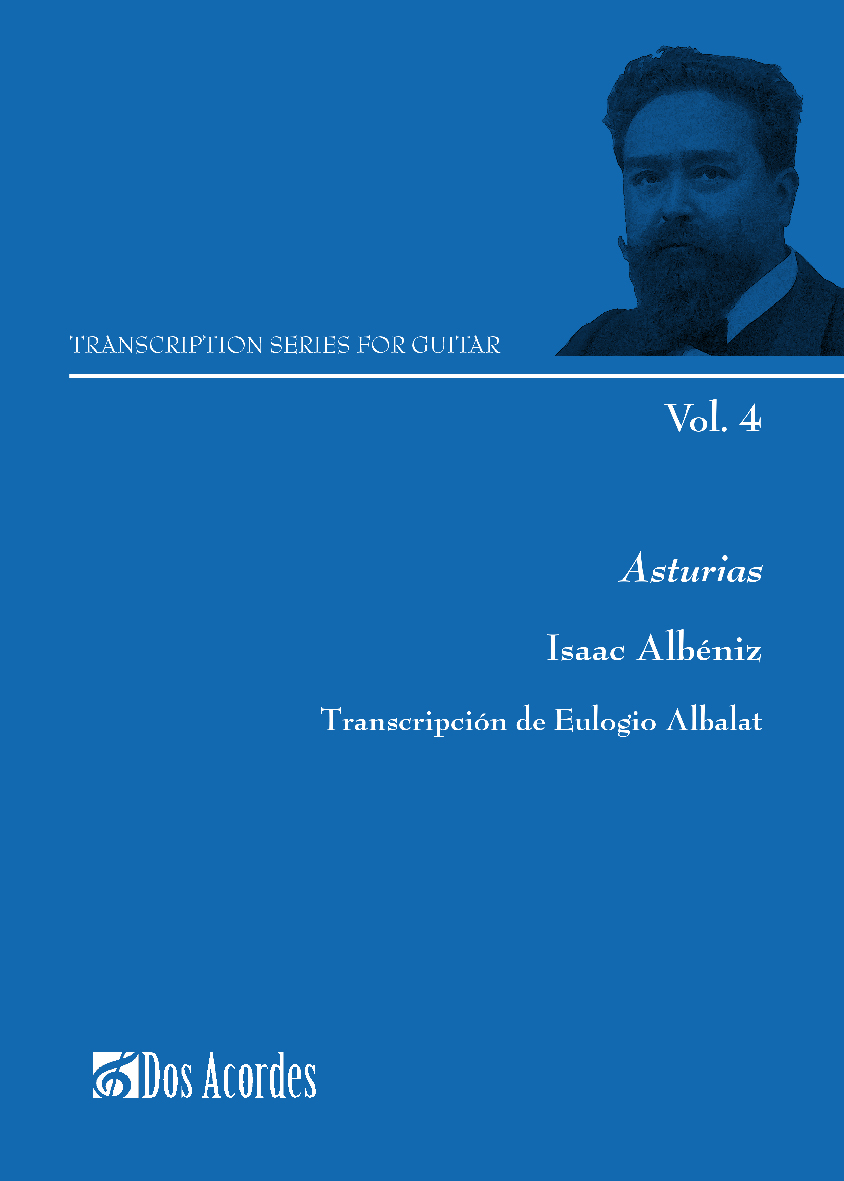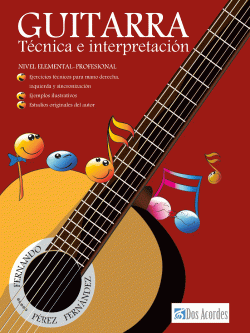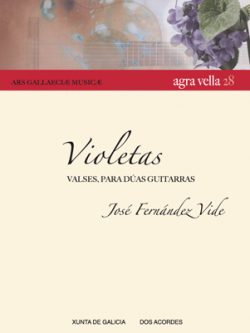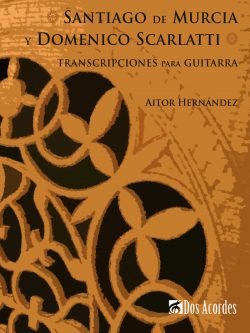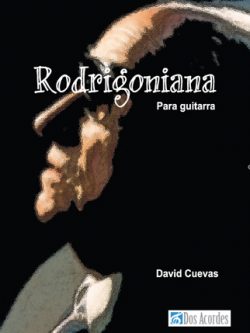Isaac Albéniz; Transcribed by Eulogio Albalat
The guitar, hair of the sentimental values of instruments such as the baroque lute or the theorbo, has been able to maintain its intriguing nature related to those interpretative aspects that inescapably take us to the Baroque and the Renaissance periods, thanks to what we are able to be fully immersed in that musical context.
From the mid-16th to the mid-19th century, the guitar repertoire experienced a great period in terms of production, especially fruitful during the Classicism and Pre-Romanticism. However, and despite the open and sweet character of the instrument, the repertoire production levels decreased in the Romantic era and during the nationalist movements.
In Spain, Albéniz and Granados, among other composers, who were strongly influenced by popular music, felt identified with the guitar because of its particular sound and its connection with the popular culture. In fact, when we take a quick look at Albéniz (Sevilla, Asturias) and Granados’ (Spanish dance no. 5) works, then we see that even if they were originally written for piano, they are best known in their guitar versions. Thus, the arrangements and transcriptions of these works do not arise from the need to have more editions of the greatest composers, but from a creative spirit, and they are also the result of years of research and professional experience in the musical field.

